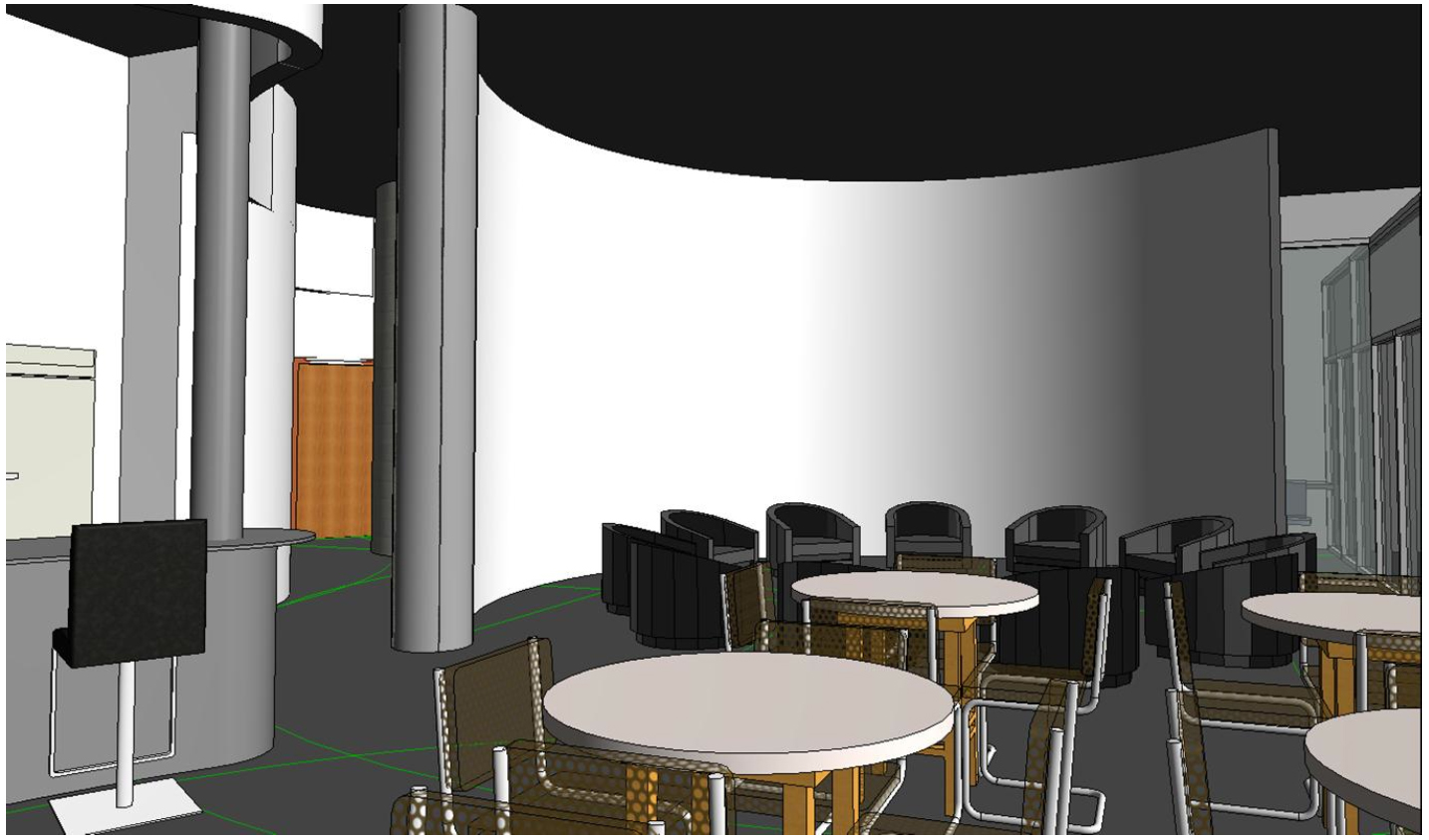Renowned architect Douglas Cardinal presented his designs for the anticipated Aboriginal Centre at Carleton on Sept. 17.
His plans showed his signature ‘flow’ curvilinear design and promises to present a new contrast to Carleton’s other architecture.
Last week’s power breakdown happened at the same time as Cardinal’s presentation, cutting it short. However, all of his designs are up for show on the Centre for Aboriginal Culture and Education’s page on the university website.
The designs for the centre were built around some specific characteristics, Carleton’s aboriginal cultural liaison officer Mallory Whiteduck said.
The key elements were a computer lab for students, an elders room to have ceremonies and small events with guest speakers, and a quiet area for students to contact home, she said.
While taking those necessities into consideration, Cardinal designed something he thought “[embodied] the world views of indigenous people.”
Part of his goal was to “have people come together in a more organic form and share their knowledge in an environment of unity and equality,” Cardinal said.
Round rooms with a round table, surrounded by round chairs, and curvilinear walls bring a great architectural parallel between our modern world and the more traditional and natural view of the indigenous people of Canada, he said.
“All my work is directed by a flow,” Cardinal said.
Cardinal’s most famous projects count the National Museum of the American Indian in Washington, D.C., the First Nations University of Canada in Regina, Sask., and, closer to Carleton, the Canadian Museum of Civilization in Gatineau, Que.
“I have a great relationship with faculty and students and the architecture department and all of my archives are at Carleton,” Cardinal said.
“We’re very honoured to have him building the centre,” Whiteduck said.
Whiteduck stressed the importance of having a centre geared towards the aboriginal demographic at Carleton.
“Whether they’re student[s], faculty, or staff, it’s important for them to see themselves reflected in terms of their traditions, their culture and their worldviews at institutions and to feel like they have a place,” she said.
The design is not yet definitive and may change depending on the feedback it receives, but according to Whiteduck the response has been excellent and will likely not change much from paper to concrete.
The centre will be located at the main entrance of the second floor of Paterson Hall.
Though the opening date is not yet set, Whiteduck said they are hoping for a February or March 2013 opening.






